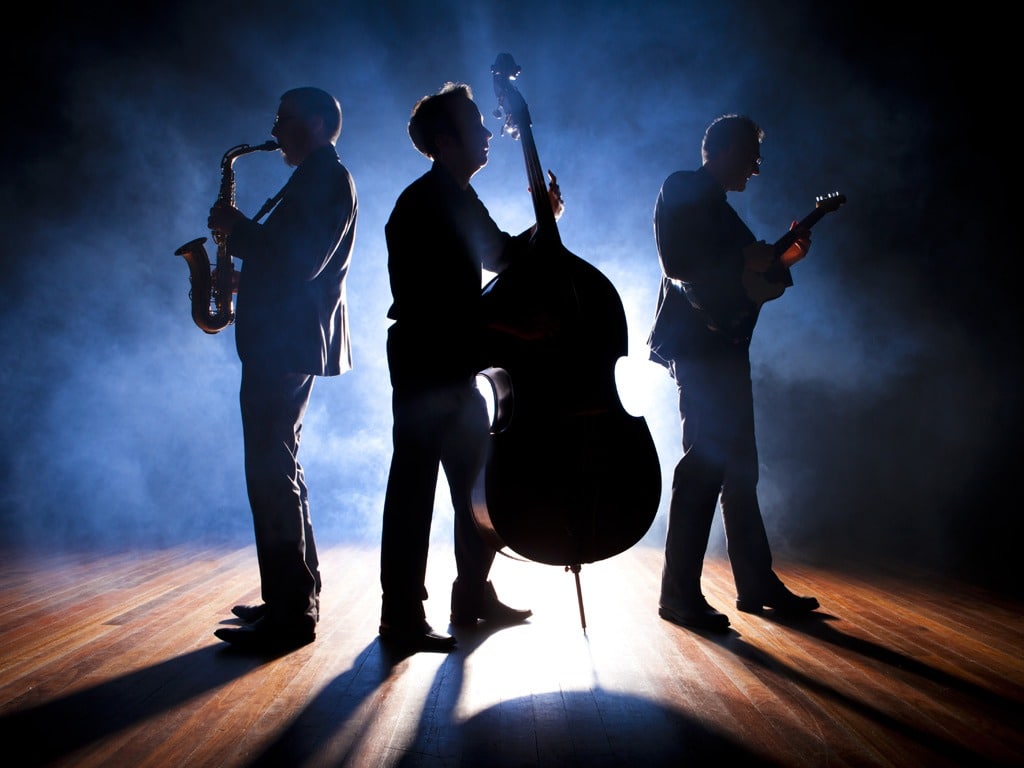A Travel Through the Capture Cosmos of Eff Music
download blues music , a genre deeply rooted in African American history, is a captivating fusion of rhythm, improvisation, and expressivity. Its origin dates back to the early 20th century in New Orleans, a melting pot of cultural diversity. This dynamic music style was born out of a combination of West African rhythms and European harmonic structure. Jazz evolved over decades, incorporating elements from various genres such as blues, ragtime, and marching band music, leading to the intricate, free-flowing musical harmony that it is known for today.
The heart of Jazz lies in its distinctive rhythm and creative improvisation. Performances often feature musicians playing complimentary but distinct melodies at the same time, in an intertwining dance of harmony and discord. This is commonly known as ‘polyphony’. The improvisational nature of Jazz means that no two performances are ever the same. Musicians often engage in ‘call and response’ sequences, and take solo breaks where they have the freedom to innovate and express their unique musicality.

Common instruments found in Jazz ensembles include the saxophone, trumpet, piano, and double bass, each carrying the melody and rhythm in turns. The sensation created by these instruments weaves an enchanting tapestry of sound. From the electrifying solos of a trumpet to the gentle undertones of a double bass, each instrument brings out the richness and depth of Jazz music.
Over the course of its existence, Jazz has been further segmented into various sub-genres, each representing a different era or style. Examples include Dixieland Jazz from the 1910s, Big Band Swing from the 1930s and 40s, Cool Jazz, Hard Bop, Free Jazz and Fusion which emerged later. Each of these styles varies significantly, demonstrating the incredible breadth and depth of this music genre.
Notable figures in Jazz history include saxophonist Charlie Parker, pianist Thelonious Monk, and the iconic Louis Armstrong, known for his charismatic stage presence and influence on Jazz vocal styling. Modern Jazz artists have continued to redefine the genre, exploring blends with rock, pop, and electronic music.
In conclusion, Jazz music is much more than just a genre – it is an artistic expression, a cultural heritage, and a musical evolution. Its unique rhythms, dynamic improvisations, and historical richness have resonated with audiences worldwide, making it one of the most influential and beloved music genres. From the lively streets of New Orleans to prestigious concert halls around the world, the essence of Jazz continues to thrive, evolve, and inspire.
